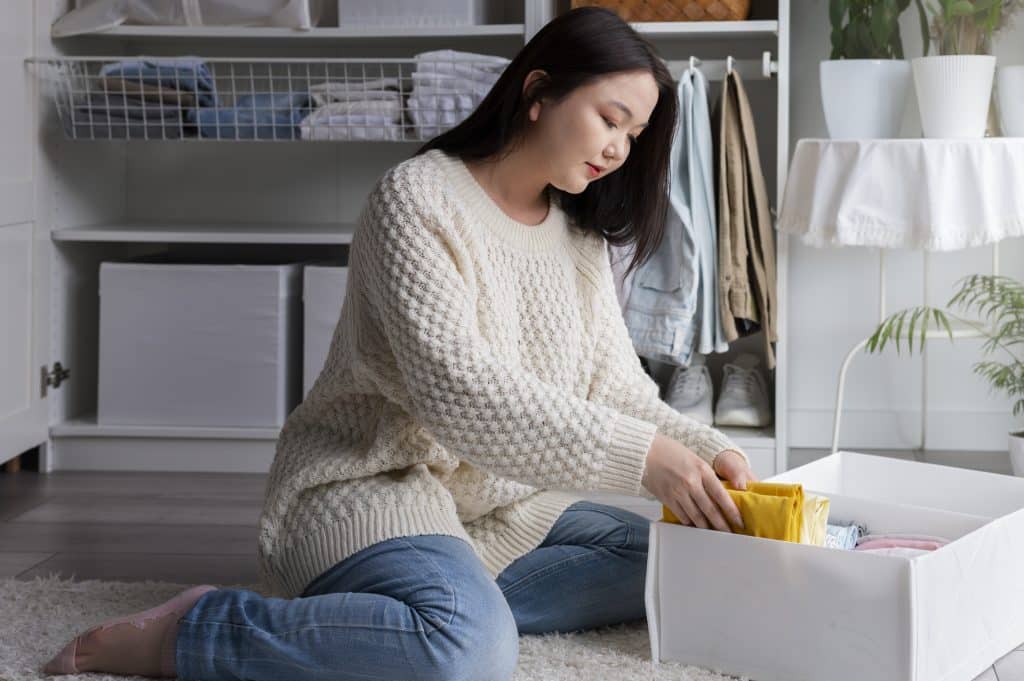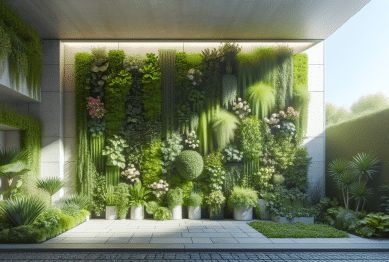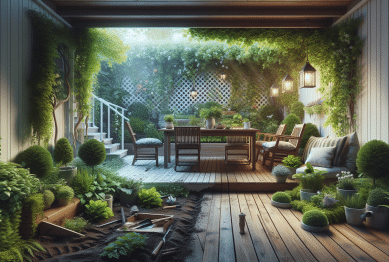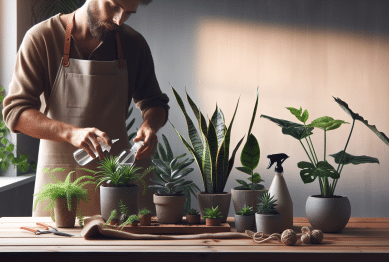Organizing your home can often feel like an insurmountable task, especially when you’re surrounded by clutter or have limited time. However, the process doesn’t need to be overwhelming. In fact, with the right strategies and mindset, organizing your home can be a manageable, even enjoyable task that brings a sense of calm and clarity to your living space.
This article explores practical tips and current trends in home organization, providing actionable steps to help you tackle clutter without feeling stressed. Whether you’re looking to organize your living room, kitchen, or entire house, these simple strategies will guide you in creating a more functional and peaceful environment.

1. Start Small: Break It Down Into Manageable Tasks
One of the most common reasons people feel overwhelmed when organizing their homes is because they approach the task in a way that feels too big to tackle. Instead of trying to organize your entire home in one day, start with small, manageable sections. Whether it’s a single drawer, a closet, or a bookshelf, breaking down the process will help you see progress faster and make the job feel less daunting.
Tips for Starting Small:
- Create a list: Write down specific areas to tackle—kitchen drawers, bedroom closets, the garage, etc.
- Set a timer: Try working in 30-minute increments. Short bursts of focused effort are often more productive than longer, drawn-out sessions.
- Tackle one category at a time: Focus on one category of items, like books, clothing, or paperwork, before moving on to the next.
By focusing on one area at a time, you’ll prevent burnout and start seeing progress, which will motivate you to keep going.
2. Use the ‘Four-Box’ Method
The “Four-Box” method is a time-tested technique that simplifies organizing by making you categorize everything. For each area you’re decluttering, gather four boxes or bins with the following labels:
- Keep: Items you use or love and want to keep.
- Donate: Items in good condition that you no longer need or want.
- Sell: Items that could be sold for a profit.
- Trash: Items that are broken or no longer functional.
This method forces you to make decisions about every item in the space and prevents you from holding onto things unnecessarily. It also helps reduce decision fatigue by narrowing down your options into just four categories.
3. Declutter First, Organize Later
Many people make the mistake of starting with the organization process—sorting items into neat boxes, baskets, or drawers—before they’ve fully decluttered. This can lead to a cluttered, disorganized space even after you’ve spent hours organizing.
Before you start organizing, make sure you’ve gone through the items in the space and gotten rid of anything unnecessary. The fewer items you have, the easier it will be to organize your home efficiently.
Decluttering Tips:
- Follow the “one in, one out” rule: For every new item that enters your home, try to remove one.
- Be realistic about sentimental items: While it’s important to keep meaningful objects, be mindful not to hold onto everything for sentimental reasons. Consider taking photos of items before donating or discarding them.
- Go digital: Reduce paper clutter by scanning important documents and storing them digitally.
4. Use Smart Storage Solutions
Once you’ve decluttered, it’s time to think about storage. This is where smart solutions can make a big difference in keeping your home organized. From under-bed storage to closet systems, the right storage can maximize your space and keep things accessible.
Smart Storage Ideas:
- Multi-purpose furniture: Invest in furniture pieces that do double duty, such as ottomans with hidden storage, coffee tables with drawers, or beds with storage beneath.
- Labeling: Clearly label bins, baskets, and boxes so that everyone in the household knows where things go. This makes tidying up much easier.
- Vertical space: Use shelves, hooks, and hanging organizers to make the most of vertical space. This is especially important in smaller spaces.
- Utilize your closet: Consider adding extra shelving, closet organizers, or even a pull-out pantry for more efficient use of your closet space.
Smart storage solutions help keep your home organized and reduce the time spent searching for things.
5. Focus on Function Over Aesthetics
While it’s tempting to make everything look “perfect” on Pinterest or Instagram, focusing too much on aesthetics can overwhelm you. Your primary goal should be functionality—creating an organized home that works for your specific needs and lifestyle. When things are functional, it becomes easier to maintain organization over time.
Functional Organization Tips:
- Prioritize ease of access: Store frequently used items in easy-to-reach places.
- Consider your routines: For example, keep your keys, wallet, and phone in a designated spot by the door to make leaving the house easier.
- Organize by frequency of use: Items that you use less often should be stored in more difficult-to-reach places, while everyday essentials should be at eye level.
By focusing on function over form, you’ll create a home that’s both organized and practical.
6. Make It a Habit: Regular Maintenance
One of the most effective ways to prevent clutter from piling up again is by making organization a daily habit. Regular maintenance helps keep things in order and reduces the stress of needing to do a big overhaul later on.
Daily Organization Habits:
- 5-minute tidy-ups: Dedicate a few minutes each day to tidying up. You don’t need to spend hours—just a quick sweep of each room can help keep things under control.
- End-of-day routines: Before bed, take a moment to put things back in their proper places. This will ensure you wake up to a clutter-free home.
- Involve the whole family: If you share your home with others, make sure everyone pitches in to keep things organized. Designate age-appropriate chores and make it a fun, shared task.
By creating these small habits, you’ll be able to keep clutter at bay without feeling overwhelmed.
7. Embrace Minimalism
Minimalism isn’t just about reducing your belongings; it’s about creating a lifestyle that values quality over quantity. By embracing minimalism, you not only free up space in your home but also reduce the mental clutter that comes with owning too much.
Tips for Embracing Minimalism:
- Be intentional with purchases: Ask yourself if you truly need an item before buying it. Focus on investing in pieces that add value to your life.
- Keep surfaces clear: Keep countertops, tables, and desks clear to create a more open, peaceful environment.
- Simplify your decor: Opt for clean, simple decor that adds to the aesthetic without overwhelming the space.
Minimalism allows you to focus on what matters most and helps keep your home organized in the long term.
Conclusion
Organizing your home doesn’t have to be a stressful, overwhelming process. By taking small steps, breaking down the tasks, and using smart strategies, you can create a well-organized home that’s both functional and inviting. Remember, the key is to focus on progress, not perfection. Start small, and soon you’ll find that organization becomes a natural part of your routine, keeping your home clutter-free and stress-free.
References
- Organizing Your Home: Strategies to Declutter and Simplify. (2023). The Home Edit. Available at: https://www.thehomeedit.com (Accessed: 11 August 2025).
- How to Declutter and Stay Organized in 2025. (2025). Apartment Therapy. Available at: https://www.apartmenttherapy.com (Accessed: 11 August 2025).
- The Minimalist Lifestyle: A Guide to Decluttering Your Life. (2024). Becoming Minimalist. Available at: https://www.becomingminimalist.com (Accessed: 11 August 2025).









